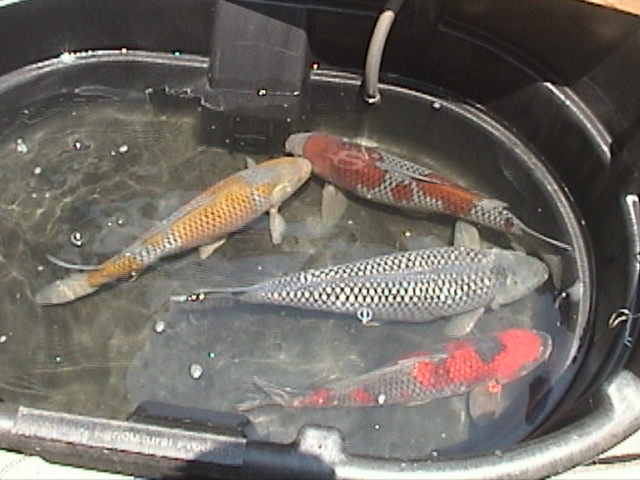
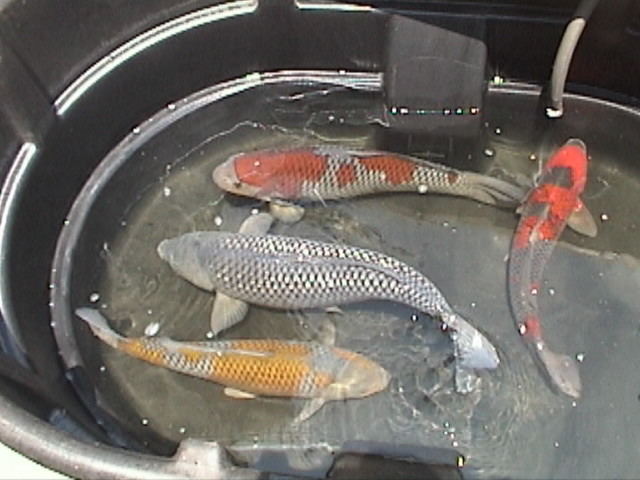
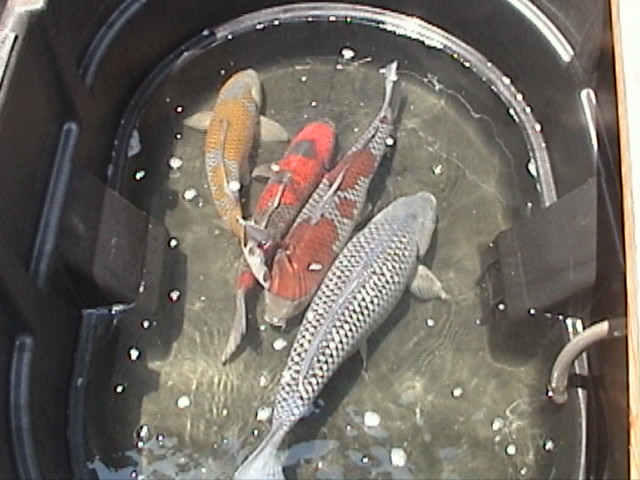
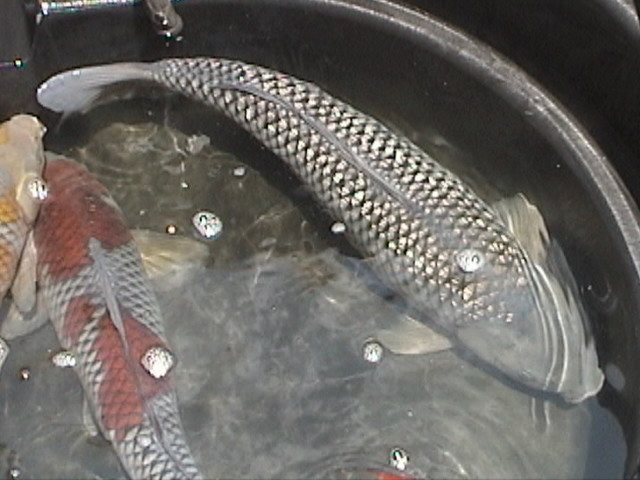
This is our second year of having fun with an attempt at homegrown koi in the back yard. Like last year, we are not looking to grow koi to sell or take to shows. We just hope to get a few that look good to us. In the 2012 spawning, we experimented with a mix of Doitsu varieties, mostly metallic, in one spawn. This year we went with a little more conventional grouping. We tried to get our Kujakus to spawn, but after several weeks of no action, we called in the B-Team, who got right to it. They are pictured below, just after spawning. Athena, the female ginrin soragoi, is 27". Herman, the darker male ochiba, is 24". Lefty, the lighter male ochiba, and Mordechi, the male goshiki, are 22". They are all 6 years old except for the 10 year old goshiki.




One night after moving the adults to the 1800 gallon spawning pond, there was moderate pushing of the female by all three males a little before dark, with the goshiki being the foremost instigator. Water temperature was 73 degrees. At 12:30 am, one could hear occasional light spashes, but I did not shine a light, and don't know if they were really going yet. At daylight, 5:50 am, the water was very sudsy and 71 degrees. [When I put in the white pool thermometer, I had to laugh because one of the ochiba males came over and pushed on it a couple of times.] I took the koi out at 9:45 am, though they were still a little active. After a 3 hour bath in 100 gal of 0.31% aeriated salt, I returned the adults to big pond without incident.
Here is a 15 second MPG clip from the spawning and a couple of clips of the adults after spawning:
Spawning Video *
After Spawning Video 1 *
After Spawning Video 2
The fry have gotten a late start this year, with eggs laid in the early morning July 7. Right after the spawning, I removed the adults from the 1800 gallon spawning pond and changed 65% of water without lowering water level. I added bubblers and left the water level a few inches low for more waterfall splashing and aeriation.
By 6 pm July 9, the eggs have hatched in < 56 hours after spawning completion. Ammonia and nitrite were at 0.25 & 0.5 ppm, water temperature 79.
On 7/10 (Day 1), A & N at 0.5 & 0.7, netted out quite a few eggs, rinsed eggs off spawning ropes and plastic plants and returned them to the pond for cover for the fry. Did major water change with water from big pond due to the high A and N, which were soon getting under control. Color differences in fry can already be seen. Most are yellow with black speckles, some yellow, a few grey. On 7/11 (Day 2), A & N at 0.15 & 0.5. Fry are thicker and more active. They are in an 1800 gallon established well-filtered pond with sloped sides, so they have some natural food from that, but I am also feeding them powder made by pulverizing adult koi pellets with a cheap electric coffee grinder.
Day 8, noticed the first tobi, a very small number of fry that were twice as long and 10 times the overall size of the smallest fry. One had a sibling sticking out of its mouth. The fry now react to move away from perceived danger, such as my shadow moving over them. Despite my poor photography below, you can see some color variation.
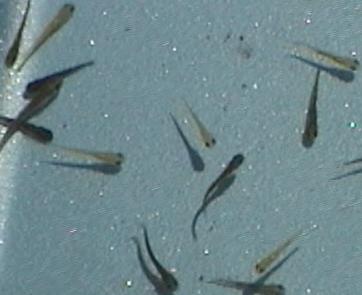
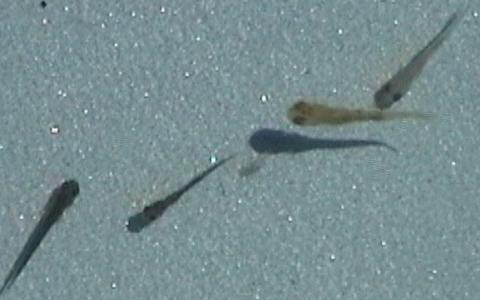
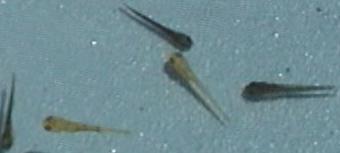
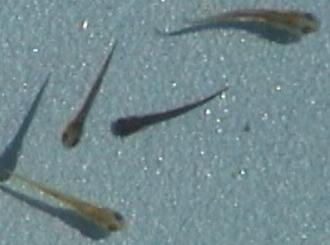
Day 12, the fry range in size from about 3/8" to about 5/8". Colors include solid yellow, solid gray (all shades from very light to nearly black), yellow sprinkled with tiny dark dots, grey sprinkled with tiny dark dots, yellow with dark patches.
Day 23, note the major size variations in a couple of the photos below. These are mostly between 3/8" and 3/4", but there are a few in the pond that are more like an inch. There are still many thousands of fry at this point, though the larger fry and some dragon fly larvae are reducing the numbers.
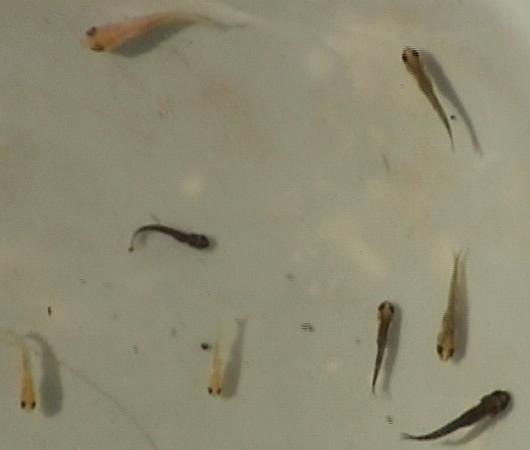
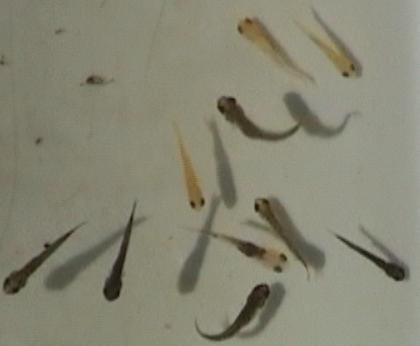

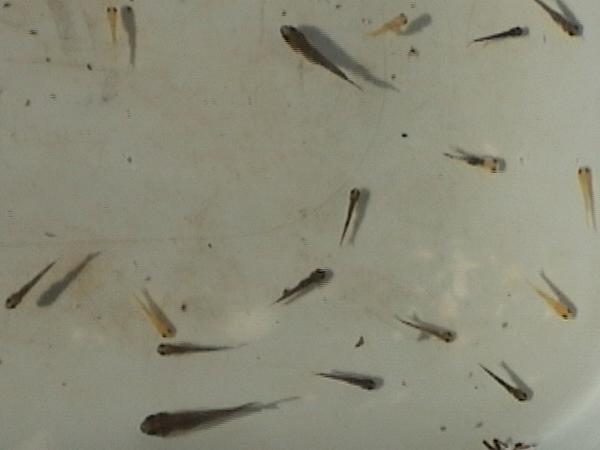
Day 33 (8/11), below are a couple of close-ups of the larger fry in the pond showing surprising color diversity and broader shots showing the big variation in sizes a the pond set-up.
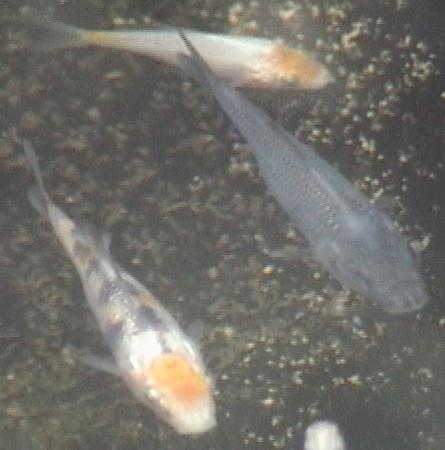
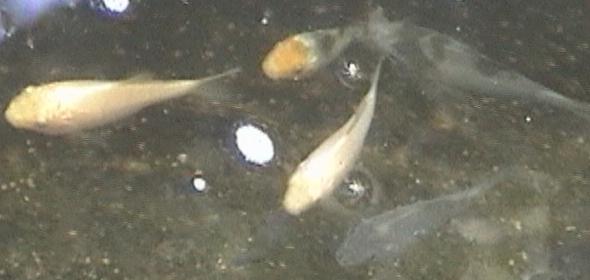
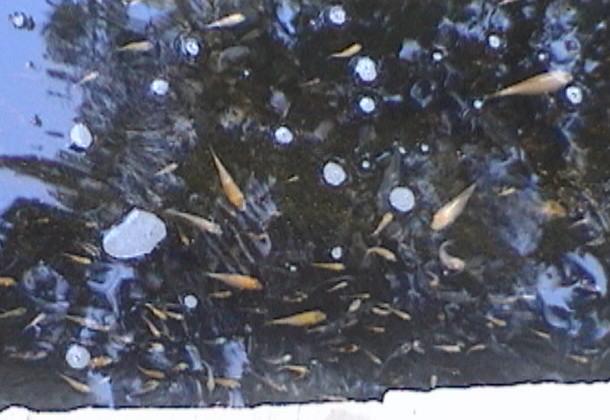
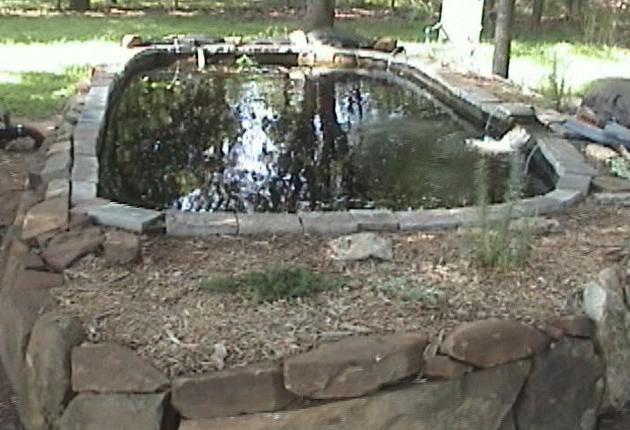
Day 43 (8/21), below are a few of close-ups of the larger fry in the pond.
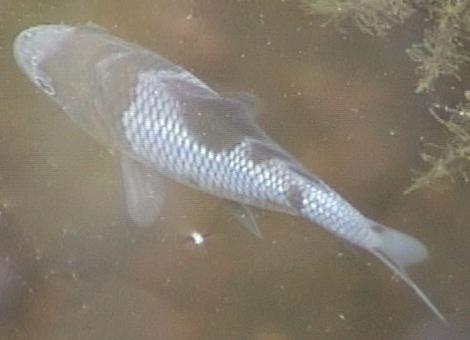

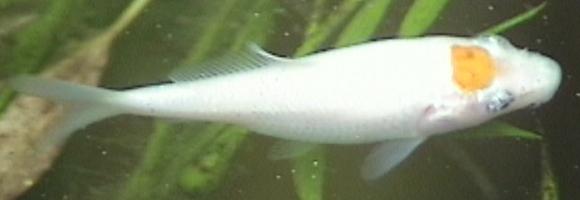
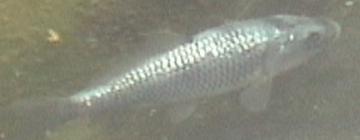
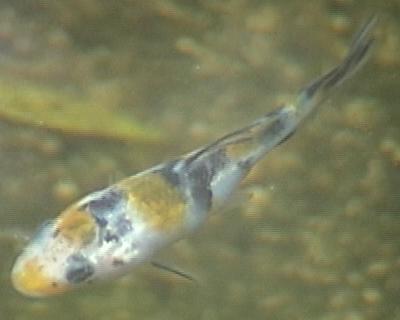
Day 122 (11/8/2013), below are photos of many of the fry, which are mostly 2" - 3", though some are as small as 1.5" or as large as 4.5". Many have ginrin scales.
First, here are several soragoi ranging from very light gray to very dark gray, plus a couple of chagoi (brown):
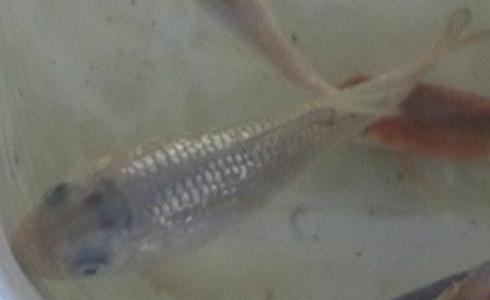
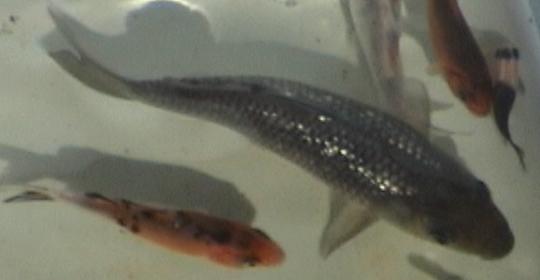
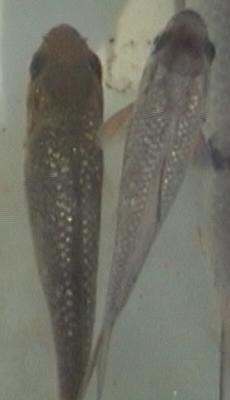
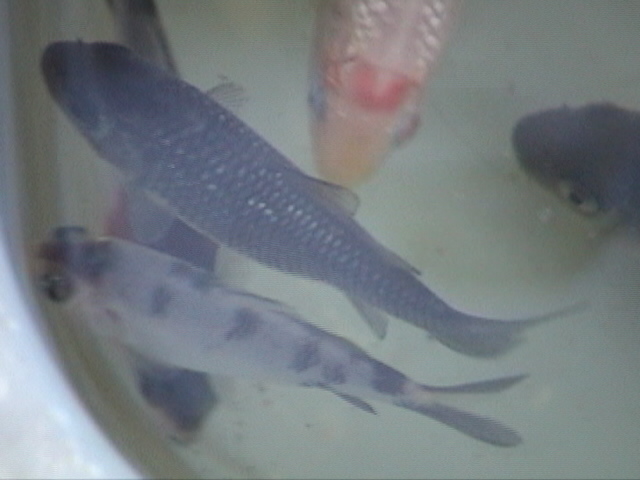
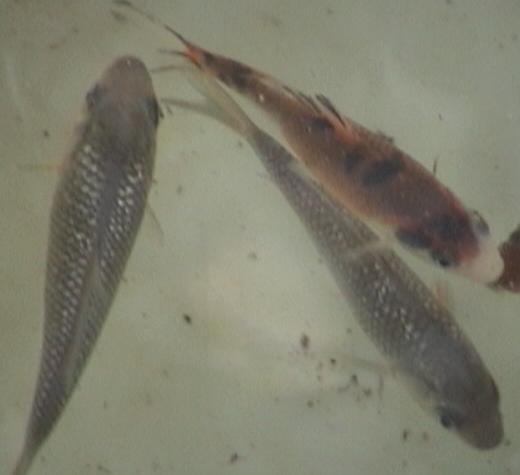
Next, here are several ochiba (gray with brown markings):
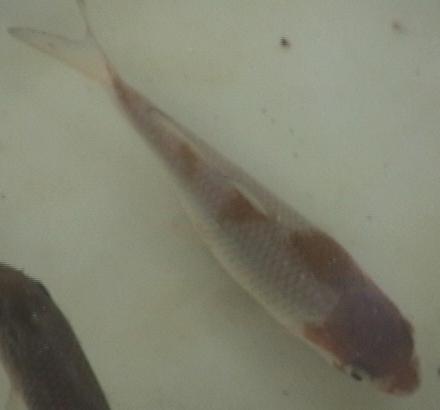
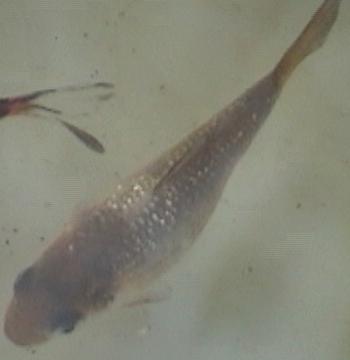
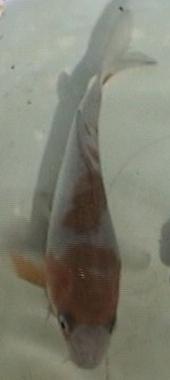
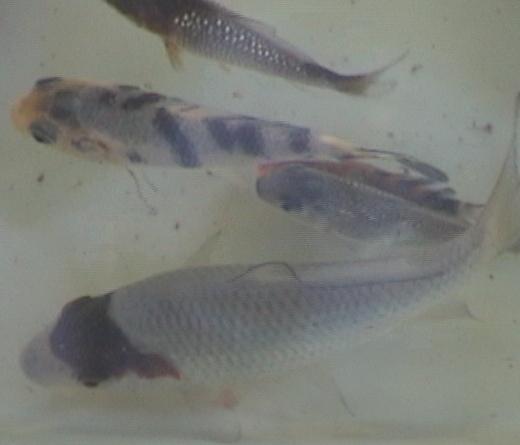
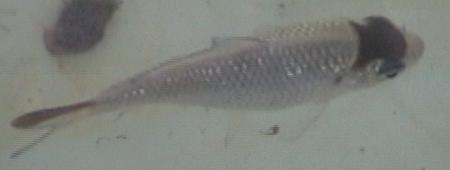

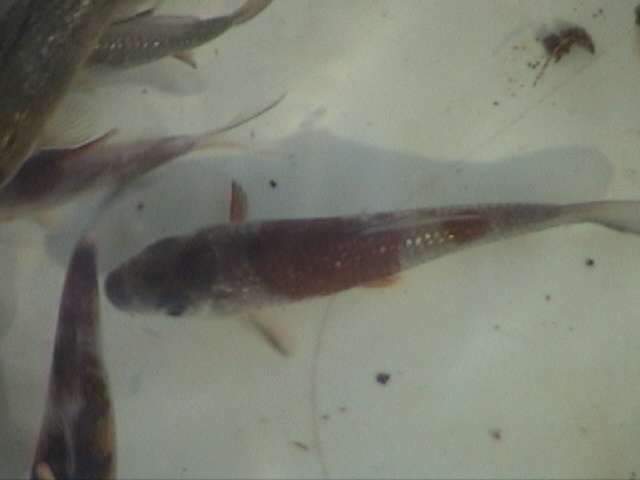
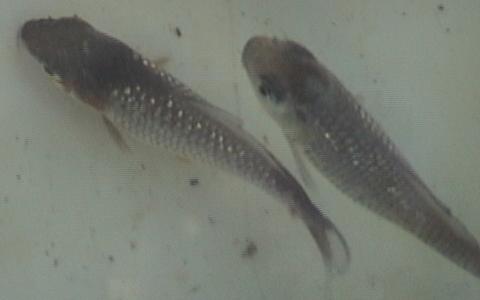
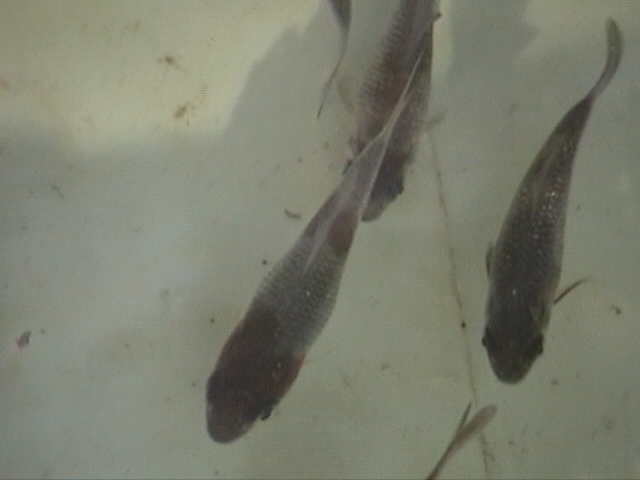
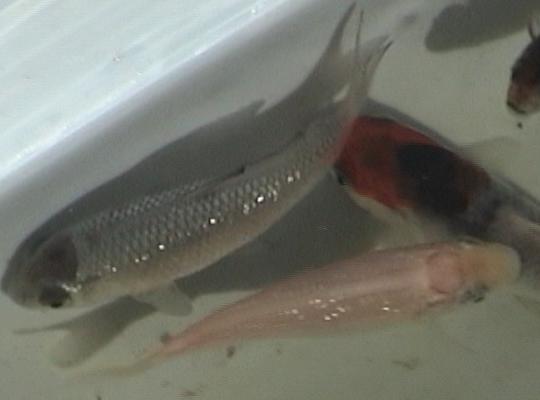
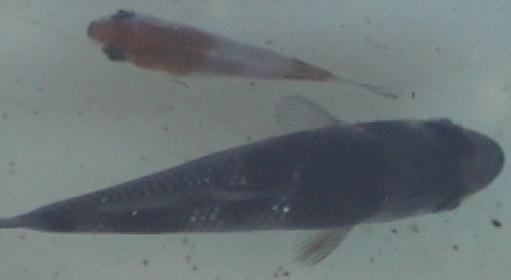
Next, here are several that have dark orange markings on a white or gray body with a dark shaded undertone. I am not sure, but perhaps these will turn out to be goshiki.
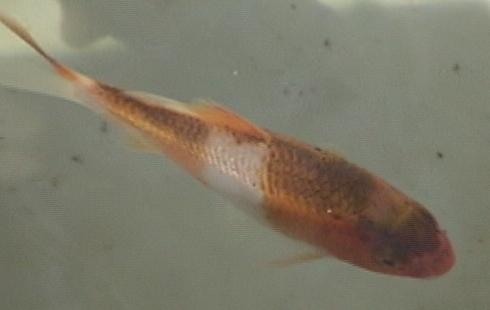
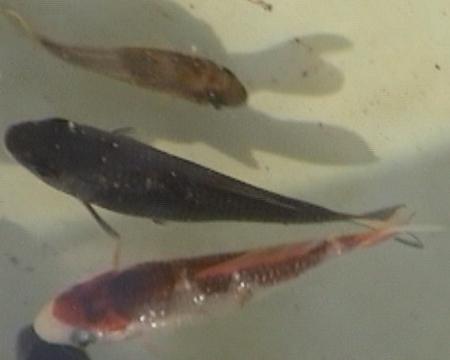
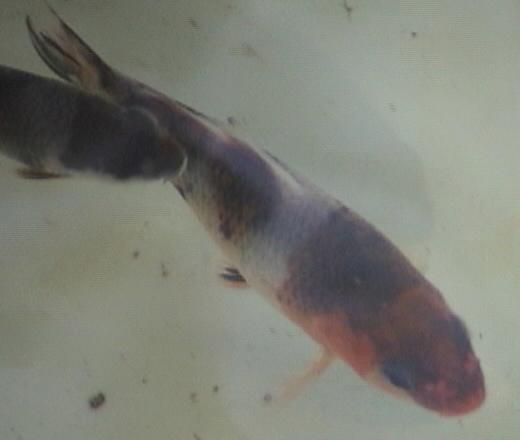
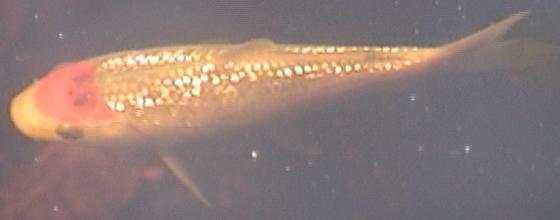
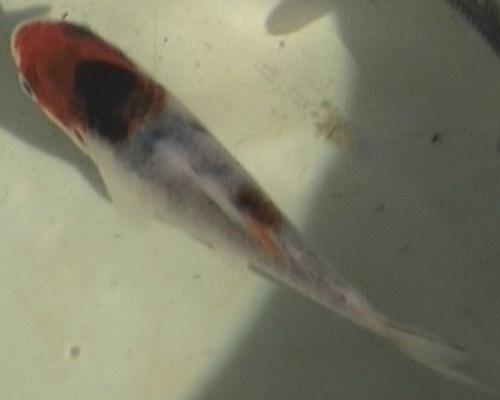
The varieties above were expected, since the parents were of those varieties. But there are many below that I did not expect to get. For starters, even though the parents had no black or white on them, there are many that are black and white, perhaps even with different varieties within those two colors.
First there are these that have large black and white patches, where the white is clean and shiny:
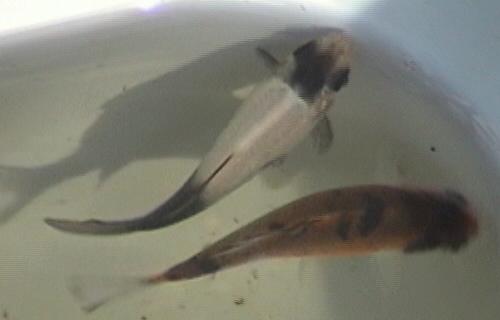
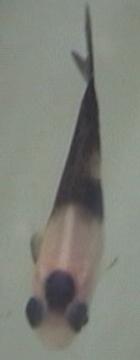
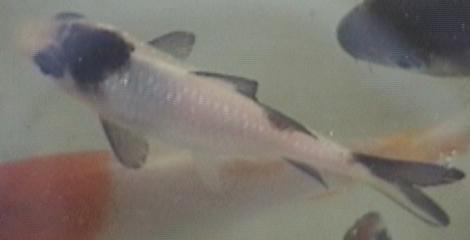
Next there are these that have medium-sized black spots on white bodies that have a dark undertone:
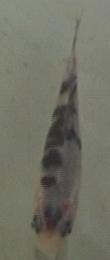



Then there are some with large black areas on white bodies that have a dark undertones:
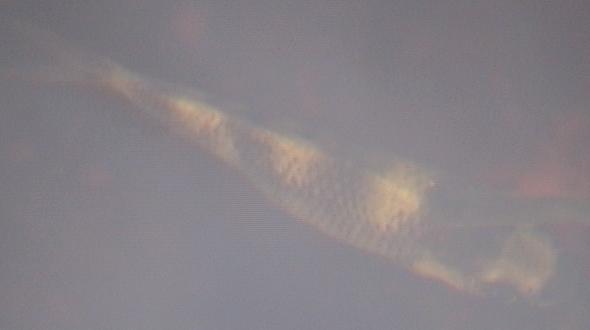
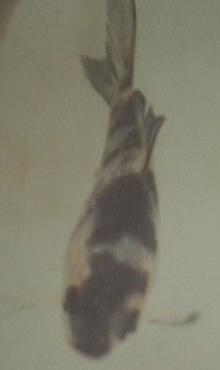
I was even more surprised to see fry that are apparently kohaku (orange and white) coming from this spawn:
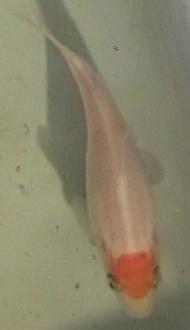
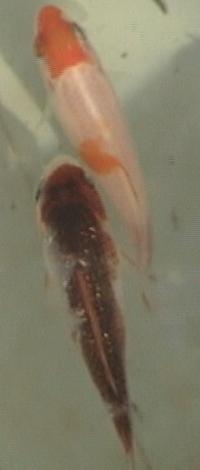
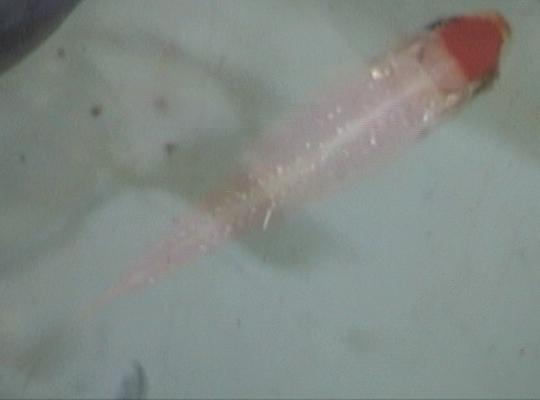
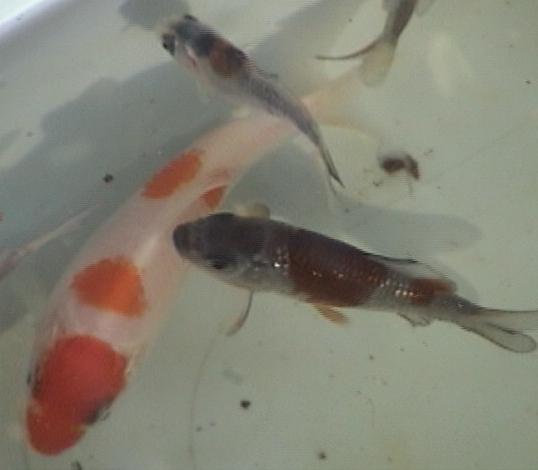
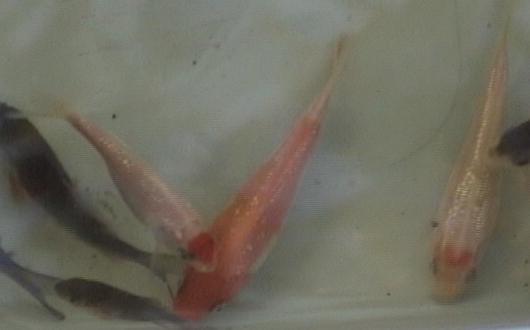
There were also some fry that seem like sanke (orange and white with black spots), though some may turn out to be goshiki:
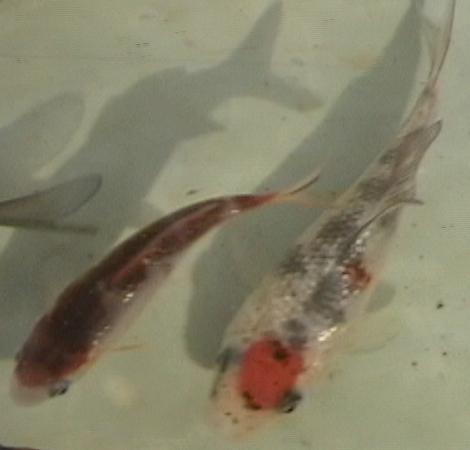
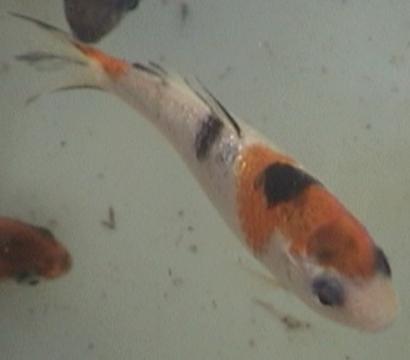
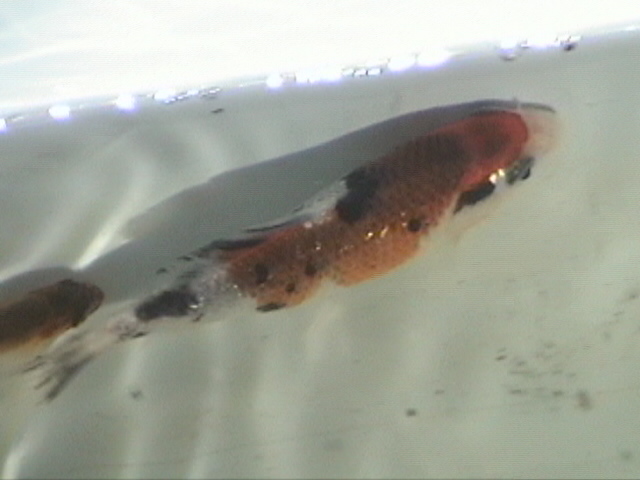

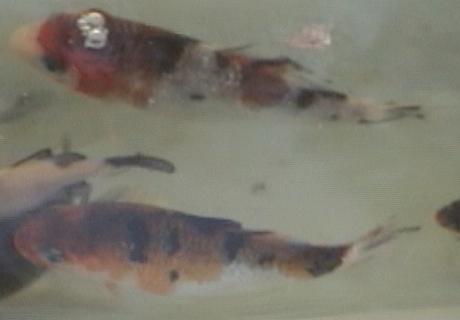
May 3, 2014: After a cold winter and not much growing, the fry are 2"-5" long. Most of these photos are a bit too dark. The ones taken in the mid-day sun came out better.
To be continued ...